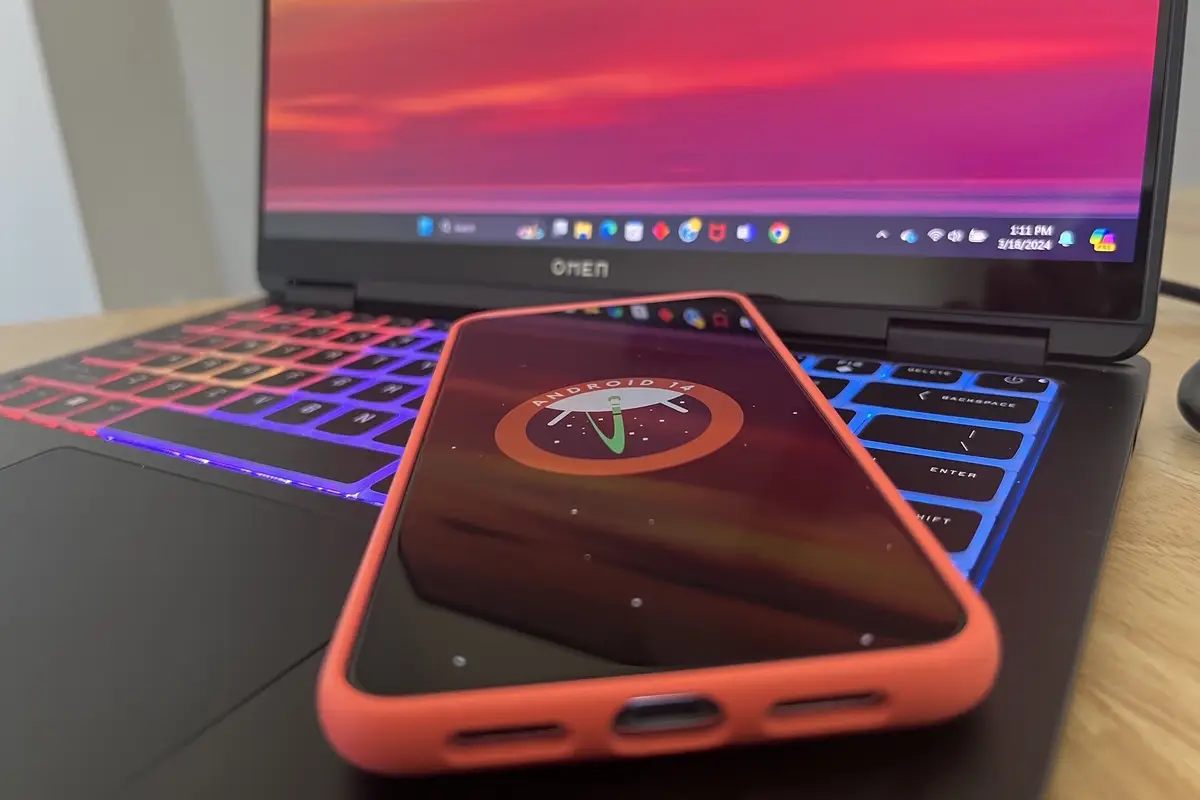
Exploring the Best Solutions for Running Android Apps on Windows PCs
With Microsoft stepping away from its built-in Windows 11 feature for running Android apps, users have been left searching for the best alternatives to incorporate Android’s versatility into their Windows experience. Here is a comprehensive overview of the current best practices for running Android apps on Windows.
Windows Subsystem for Android’s Demise
Originally intended as a highlight of Windows 11, the Windows Subsystem for Android allowed users to install apps from the Amazon Appstore. However, due to its limited app offering and lack of substantial promotion from Microsoft and Amazon, the feature saw minimal use. The situation was partially mitigated by third-party developers who created tools to sideload Android apps and install Google Play Services on the Windows Subsystem for Android. Despite these efforts, Microsoft announced the feature’s discontinuation, though users who have already downloaded it can continue using it until March 2025.
BlueStacks 5: The Foremost Method for Running Android Apps on Windows
BlueStacks has been a consistent leader in this space even before Microsoft’s foray into Android app support. With BlueStacks 5, users gain full access to the Google Play Store, simplifying the Android app installation on Windows. The free, albeit ad-supported, software works on both Windows 11 and 10, offering a polished experience complete with advanced features like multi-instance capabilities.
Setting up BlueStacks 5 is straightforward, and it boasts built-in, hassle-free access to the Google Play Store. Its reliability and comprehensive feature set make it the recommended choice over other available Android app players.
Other Alternatives to Consider
For those seeking alternative solutions, options include Google’s beta version of Google Play Games for PCs, designed primarily for gaming, and Google’s official Android emulator as part of Android Studio, which is more suitable for developers. A variety of other Android app players exist, but they often lack the level of performance and polish offered by BlueStacks.
Linking Your Phone: An Additional Approach
A unique method involves using the Phone Link app in Windows 11 and 10, which requires a compatible Android phone. This feature allows you to run an Android app on your phone and interact with it on your PC’s desktop. Despite the absence of taskbar integration, this solution can be a convenient alternative for users with the right hardware.
Chromebooks as an Alternative
With Microsoft pulling out of the Android app integration for Windows, Chromebooks stand out as devices with built-in, robust support for Android apps. This integration is more critical for Chromebooks due to their compatibility limitations with other applications, a problem that Windows does not share due to its vast native application support and high-quality web apps.
Conclusion: AI PCs Are the New Focus
While Windows no longer prioritizes Android app support, third-party software continues to offer solutions for users keen on integrating Android functionality into their Windows environment. As the industry shifts towards AI PCs, the need for Android apps on Windows may diminish further, but for now, tools like BlueStacks ensure that the option remains accessible.